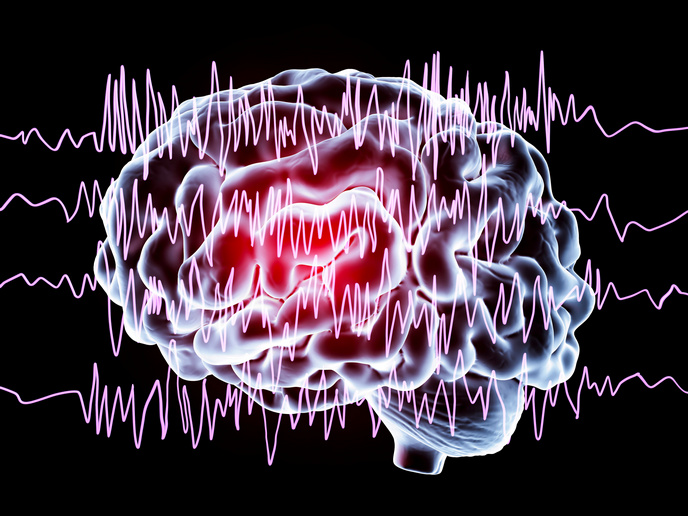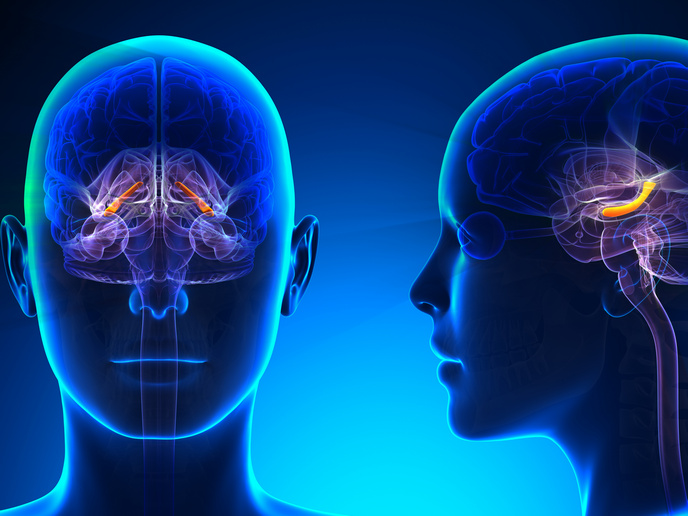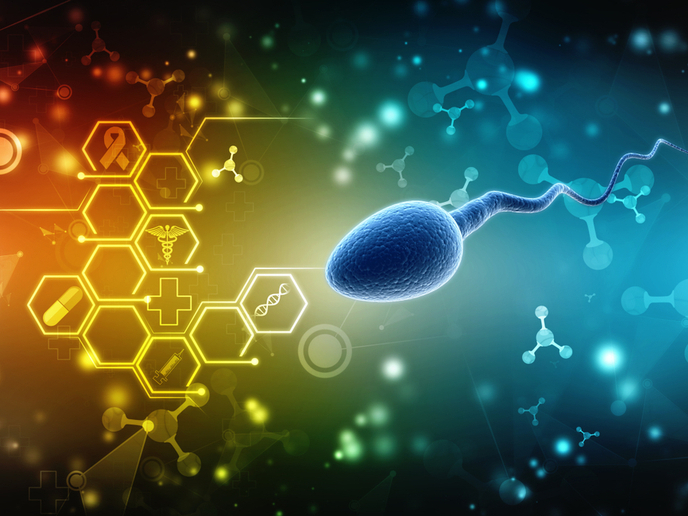Immune system linked to neurodegeneration
Amyotrophic lateral sclerosis (ALS) is the most common motor neuron disease of adulthood which leads to gradual paralysis and death within 5 years from onset. Currently, no treatment exists that can stop progressive motor neurodegeneration in these patients. Accumulating evidence indicates that microglial cells, the macrophages of the central nervous system, are implicated in disease progression. Since ALS is diagnosed when symptoms are evident, the work of the EU-funded 'Role of microglial cells during neurodegeneration in amyotrophic lateral sclerosis' (MICROGLIA IN ALS) project focused on this phase of the disease. The second most frequent form of familial ALS is associated with mutations in the superoxide dismutase (SOD1) enzyme. Scientists therefore used animal models with SOD1 mutations that best recapitulate disease symptoms to analyse the interaction between microglia and neurons. They investigated the role of a glutamate transporter (system xc-) expressed by microglia and found that it played a key role in microglial functions and ALS progression. With respect to the attraction of microglial cells around affected motor neurons, scientists studied whether chemokines participated in the process. To distinguish the role of peripheral macrophages versus CNS microglia in motor neuron degeneration in ALS models, they employed a macrophage replacement approach. Microglia activation is encountered in both familial and sporadic ALS. As such, the findings of the study lay the ground for discovering general pathways implicated in motor neuron disease. Importantly, exploitation of the generated information could help develop novel therapies for ALS.







